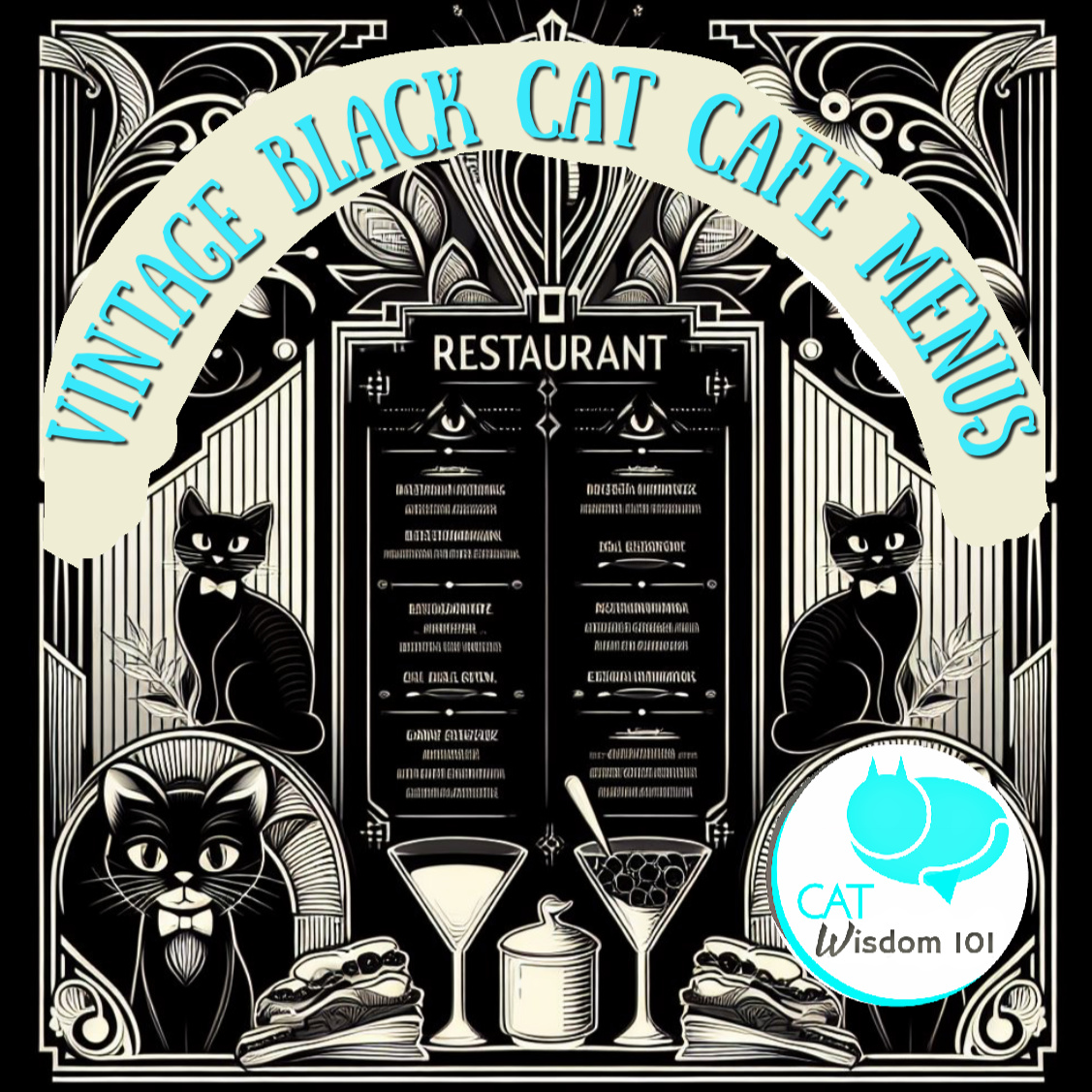
Marvelous Vintage Black Cat Menus
Black cats, with their sleek fur and piercing eyes, have long been shrouded in mystery and superstition. Today, I thought I’d share their mystique from marvelous vintage menus from the turn of the century to the 1950s. I’ve edited them as best I could to improve their beauty and clarity.

What’s on the menu?
The Rise of Café Society
As the turn of the 20th century approached, a new cultural phenomenon emerged – the concept of chic café society. In cosmopolitan cities like New York, Paris, and London, fashionable cafes became gathering spots for artists, intellectuals, and the social elite, collectively dubbed the “Beautiful People” and the “Bright Young Things.” These establishments buzzed with intellectual discussions, artistic exchanges, and social intrigue. The café scene was a melting pot of ideas, creativity, and sophistication, where patrons engaged in lively conversations over cups of coffee, glasses of fine wine, and delectable cuisine.
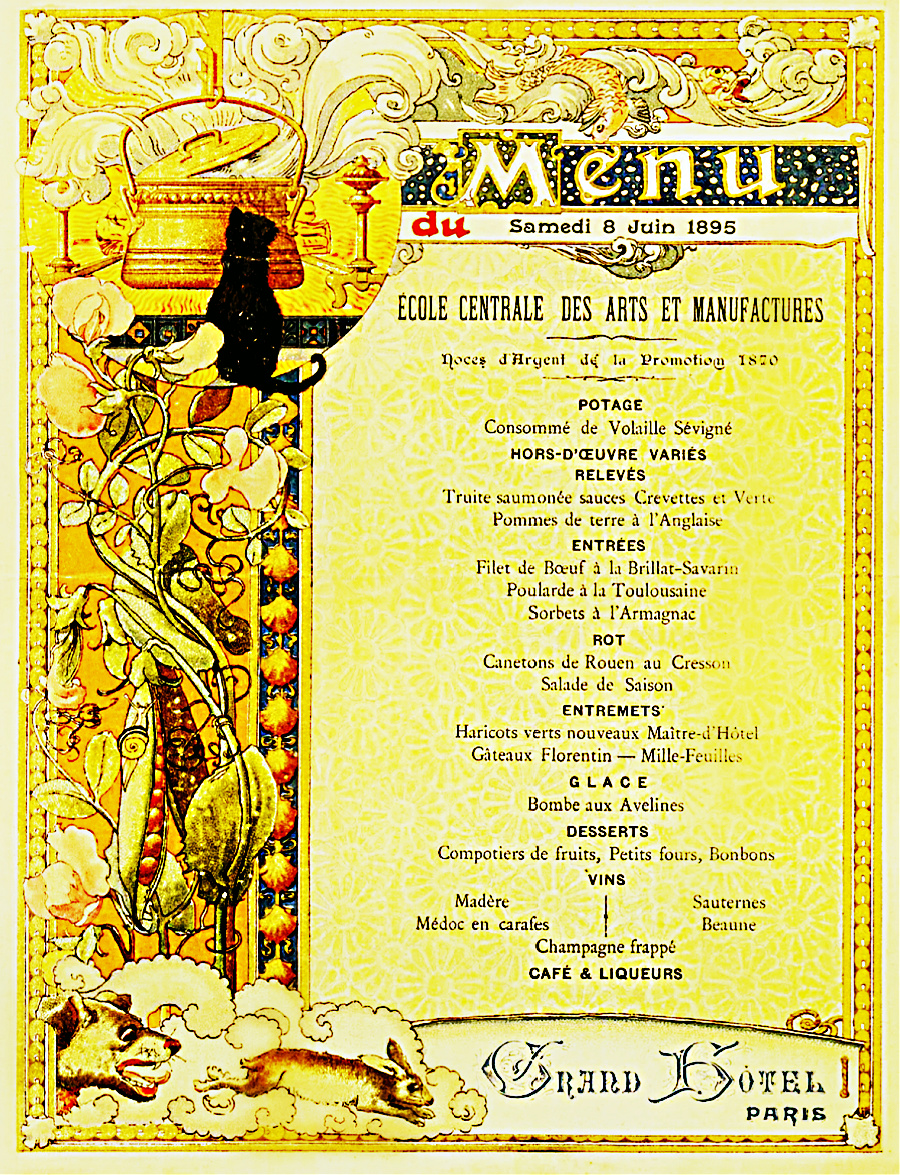
Black Cats Prowl into Cafes
It was in this avant-garde atmosphere that the black cat made its triumphant return, shedding its ominous associations and becoming a symbol of chic and intrigue. Le Chat Noir (The Black Cat) in Paris epitomized this new café culture.
Founded in the 1880s, it became a hub for artists, writers, and bohemians drawn to its edgy, cabaret-inspired ambiance. Patrons reveled in its artistic ambiance, sipping coffee while discussing philosophy, literature, and life’s mysteries.
Théophile Alexandre Steinlen was a Swiss-born French artist who became intrinsically linked to the iconic black cat imagery and its connection to Parisian cafe culture in the late 19th century.
Steinlen’s association with black cats began when he frequented the famed Le Chat Noir cabaret in Montmartre in the 1880s. This avant-garde nightclub had adopted a black cat as its mascot, by owner and host, Rodolphe Salis.

Variations of the iconic design grace every manner of products (for better or worse) today.
Across the pond, black cat cool emerged in New York in 1900,

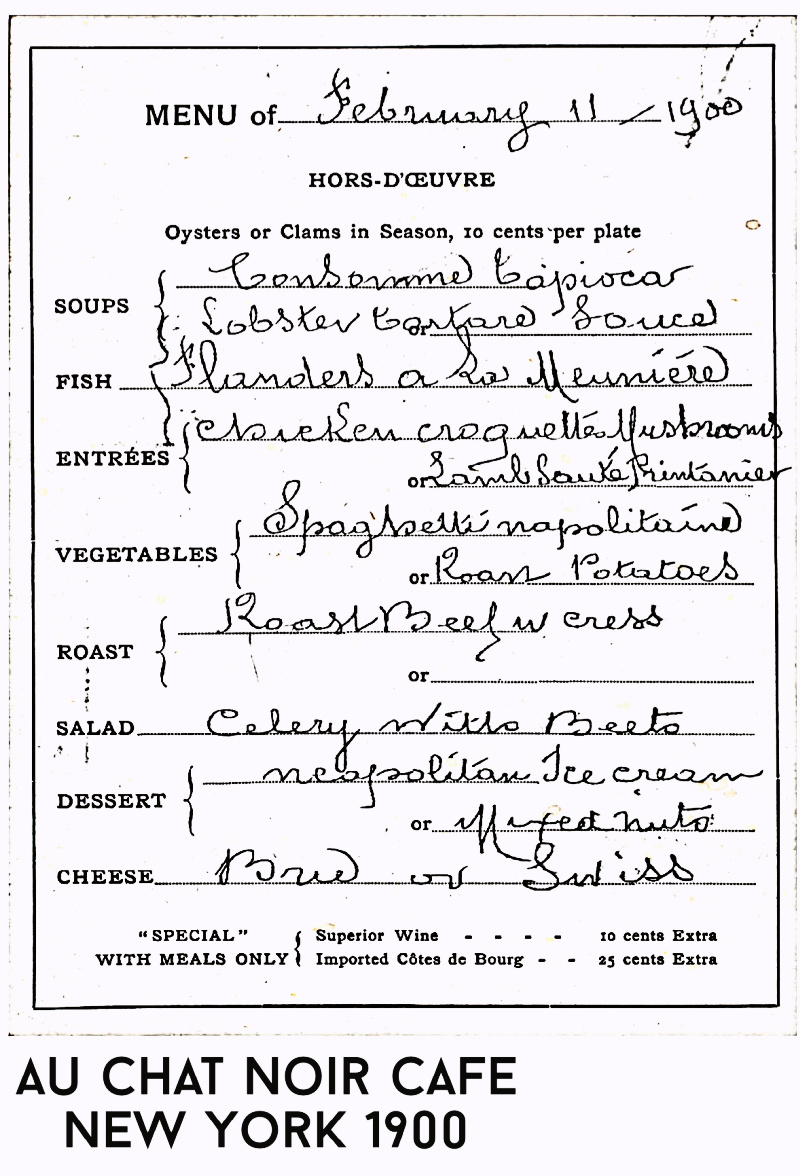
BUT WAIT! That cat looked very familiar. Of course, it’s the instantly recognizable style of Black Cat Magazine illustrator Nelly Littlehale. It’s unclear if she created the menu design or someone stole it from this cover.
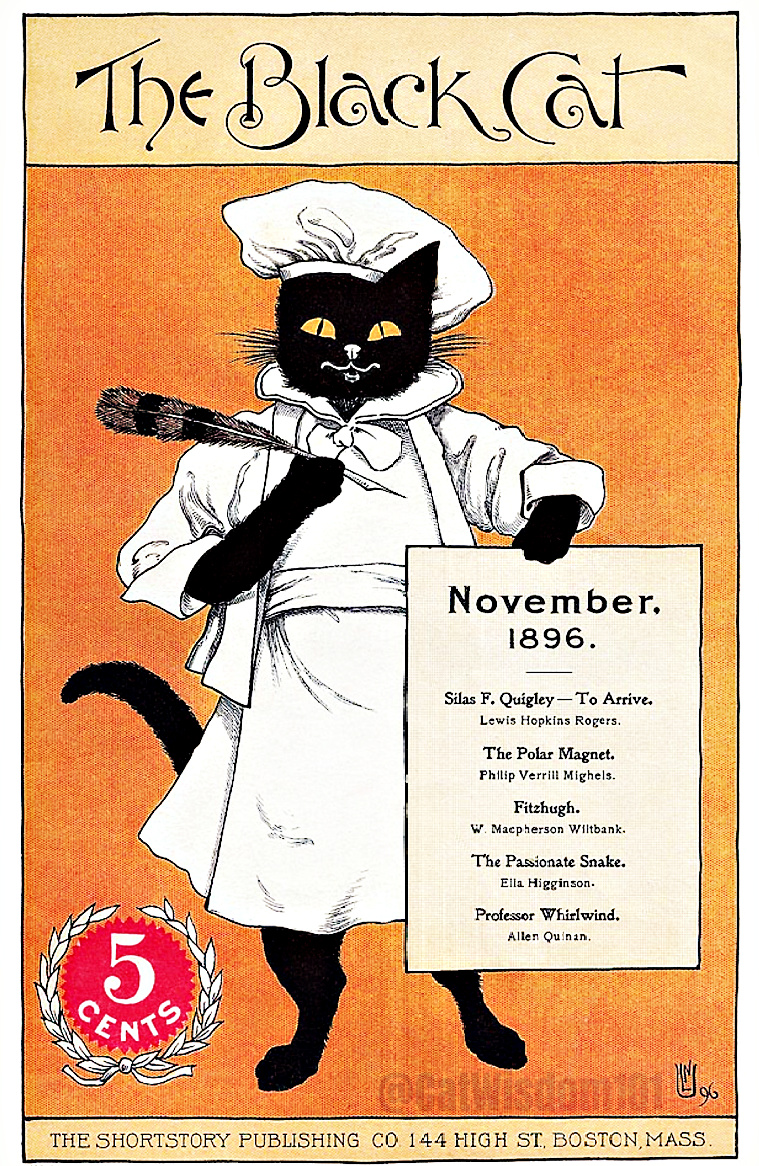
The Roaring Twenties
The 1920s, known as the Roaring Twenties, witnessed a surge in creativity, hedonism, and a newfound fascination with the occult. Black cats became the purrfect symbol of everything cool.
Jazz music, flapper fashion, and speakeasies defined the era’s decadent spirit. Cafes, bars, and restaurants embraced the mystique of black cats, seamlessly blending the feline’s enigmatic allure with the decade’s penchant for excess and indulgence.
Their silhouettes graced menu covers, adding an air of intrigue and sophistication to the dining experience. Imagine a smoky jazz club, dimly lit, with a black cat elegantly perched on a piano, casting its shadow over the evening’s lavish offerings.
I love this die cut menu ( typos and all) from Greenwich Village, a mecca of bohemian cool, then and now.
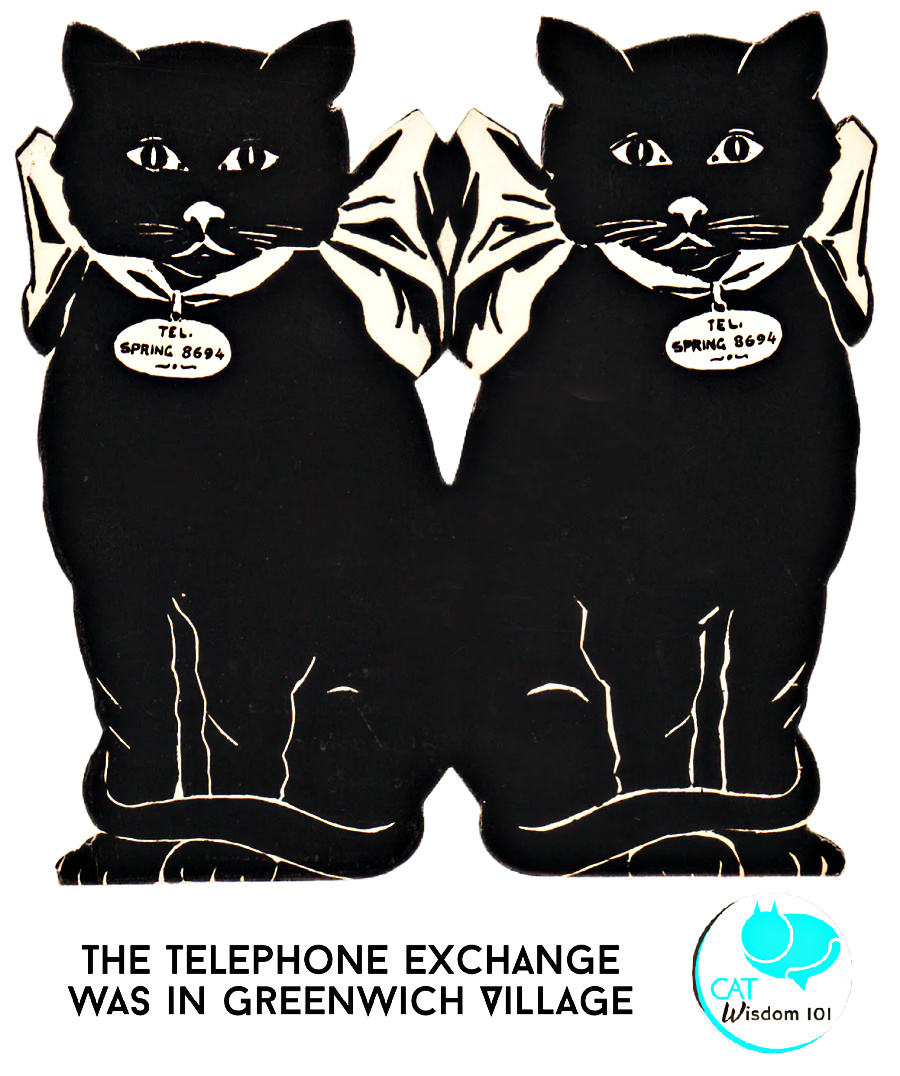
Okay, this isn’t a black cat but it has a lovely and lush decadence.
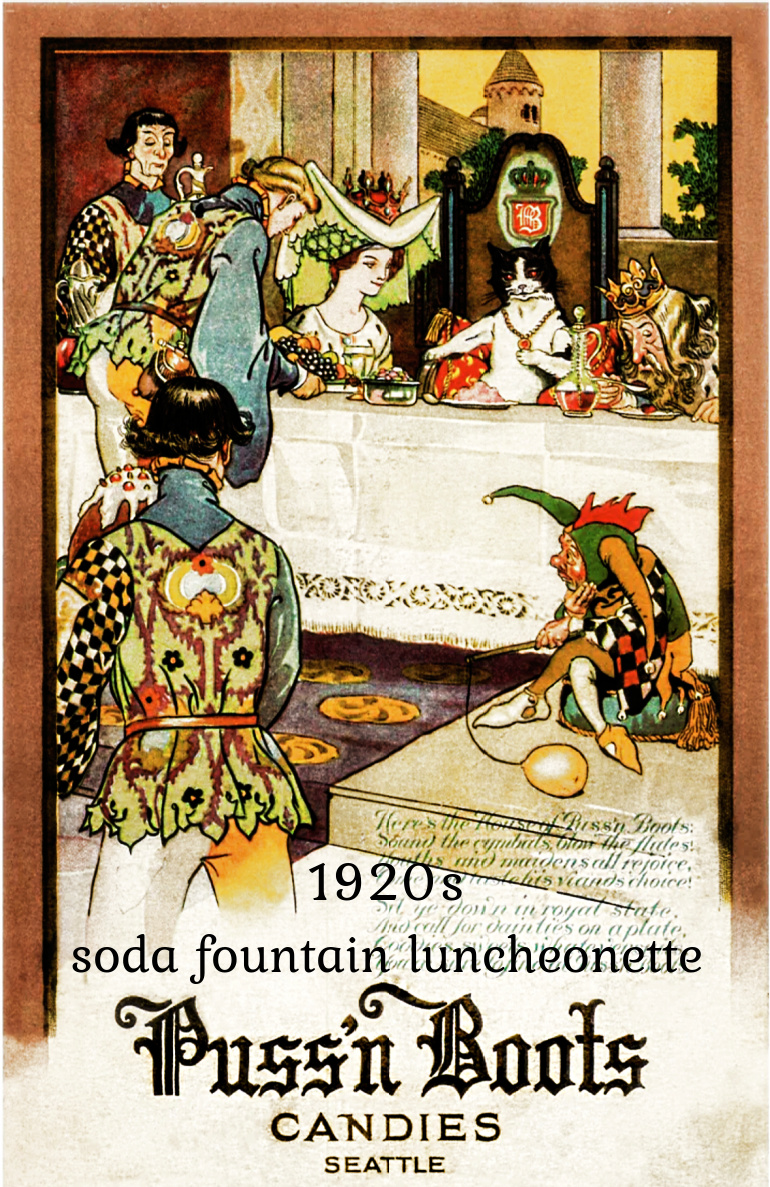
The 1930s: Speakeasies and Art Deco Black Cats
The 1930s were marked by the lingering echoes of the Prohibition era in the United States. Speakeasies—secretive, underground bars that flouted alcohol bans—flourished. These illicit establishments exuded an air of rebellion, secrecy, and intrigue. It’s no wonder that black cat logos and icons found their way onto drink menus in these speakeasies.
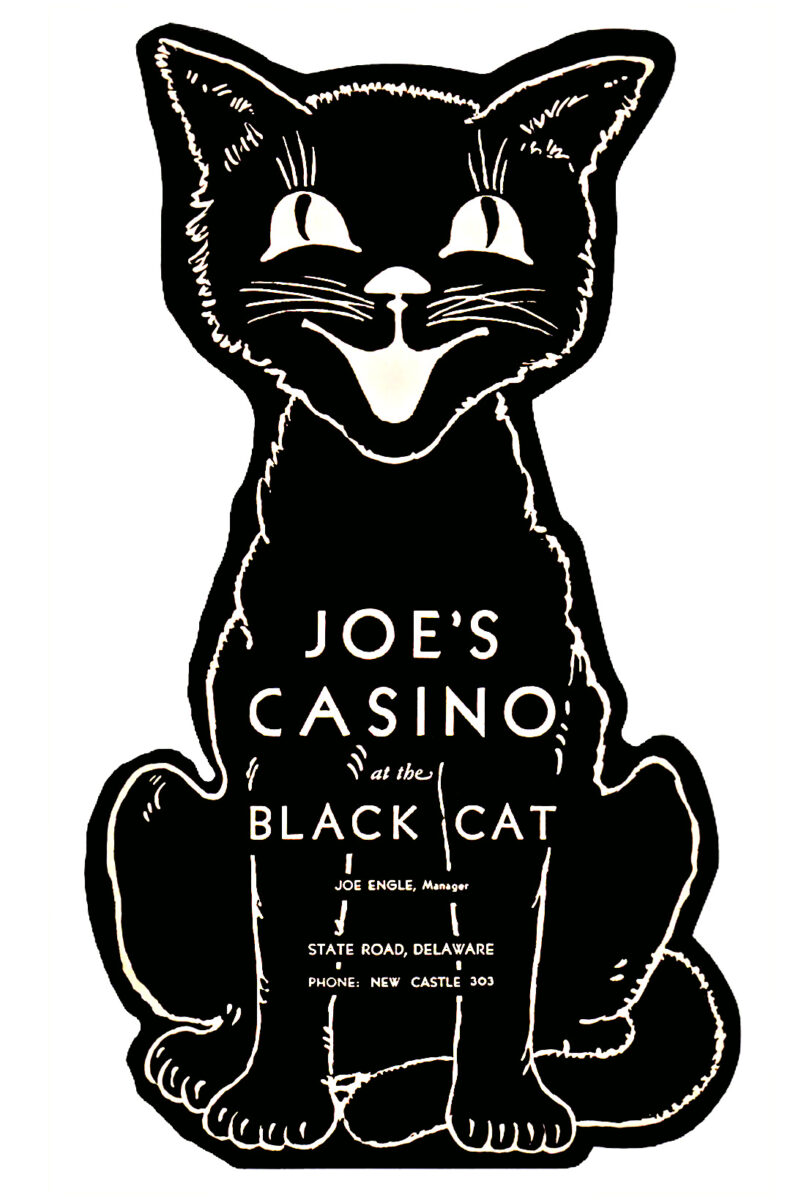
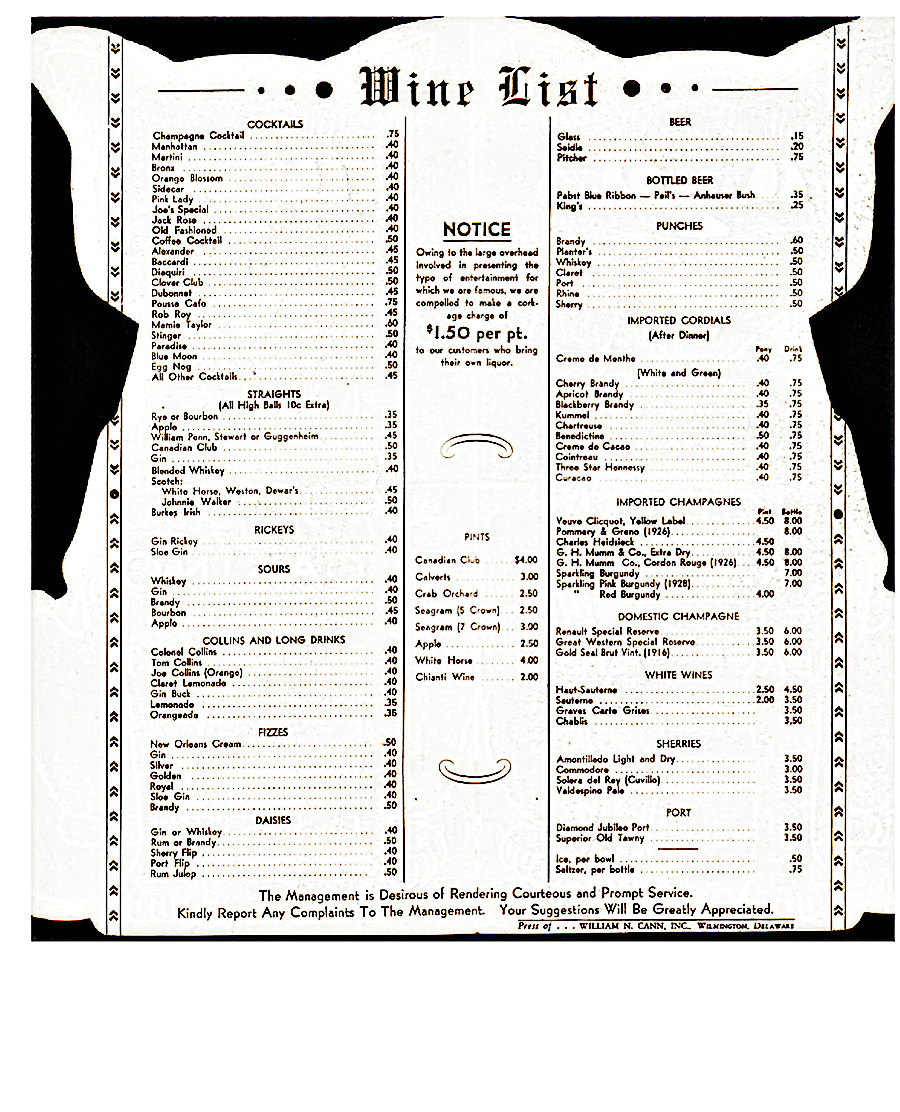
The mysterious allure of the black cat perfectly complemented the hidden nature of these establishments. Patrons sipped cocktails, whispered secrets, and danced to jazz, all while the enigmatic feline watched from the shadows.
Art Deco and Sleek Cat Imagery
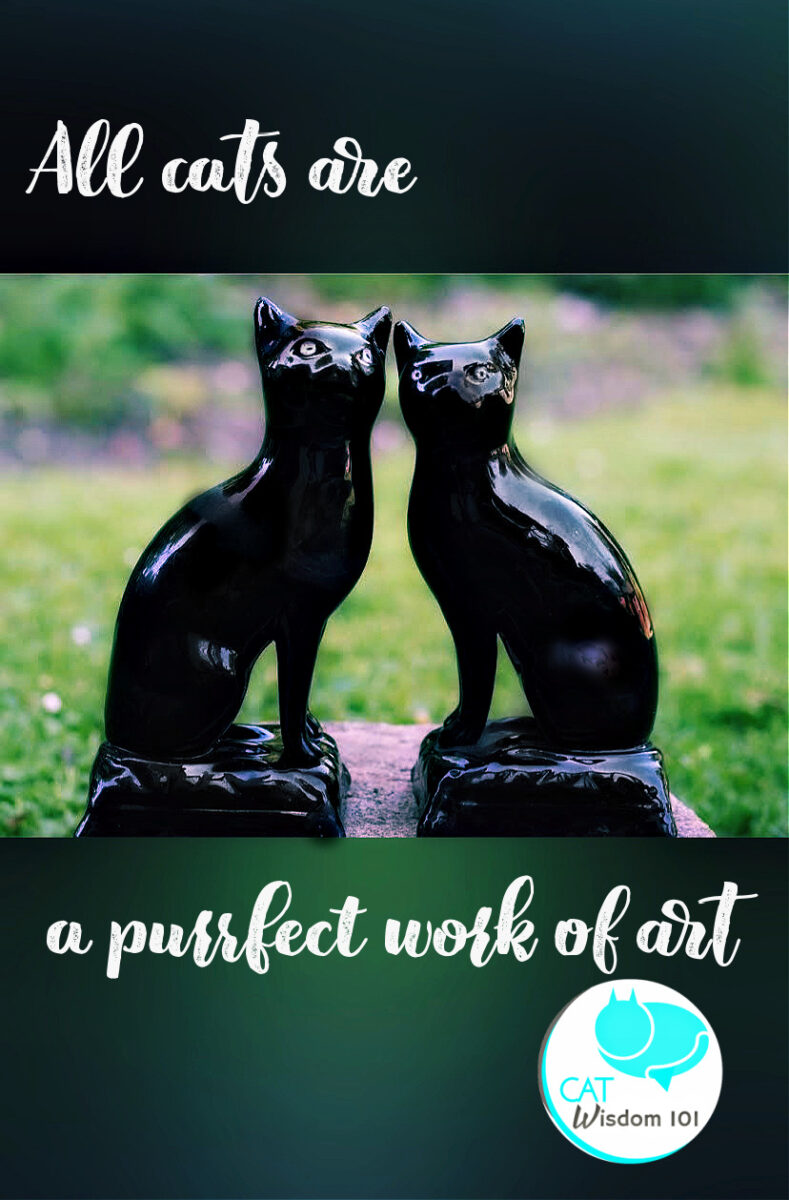
As the decade progressed, the Art Deco design style gained prominence. Characterized by geometric shapes, bold lines, and a sense of modernity, Art Deco influenced architecture, fashion, and visual arts. Sleek, stylized cat imagery became a popular motif. Black cats adorned everything from jewelry to posters.
Their elongated forms, often depicted in silhouette, graced menu covers in upscale restaurants and cafes. Imagine a chic bistro with a black cat poised elegantly on a wine glass, its eyes reflecting the glimmer of crystal chandeliers.
Beyond the confines of cafes and speakeasies, black cats found their way into advertising campaigns, further solidifying their status as symbols of sophistication and allure.
Brands seeking an air of mystery and intrigue featured them prominently in their marketing efforts. Perfume ads, liquor labels, and fashion catalogs all embraced the feline’s enigmatic presence, leveraging its associations with the occult, luxury, and indulgence. I’ve blogged about black cat art in the past. Take a peek at 1920s black cat art and illustration
The 30s were a difficult time for restaurants during the depression.

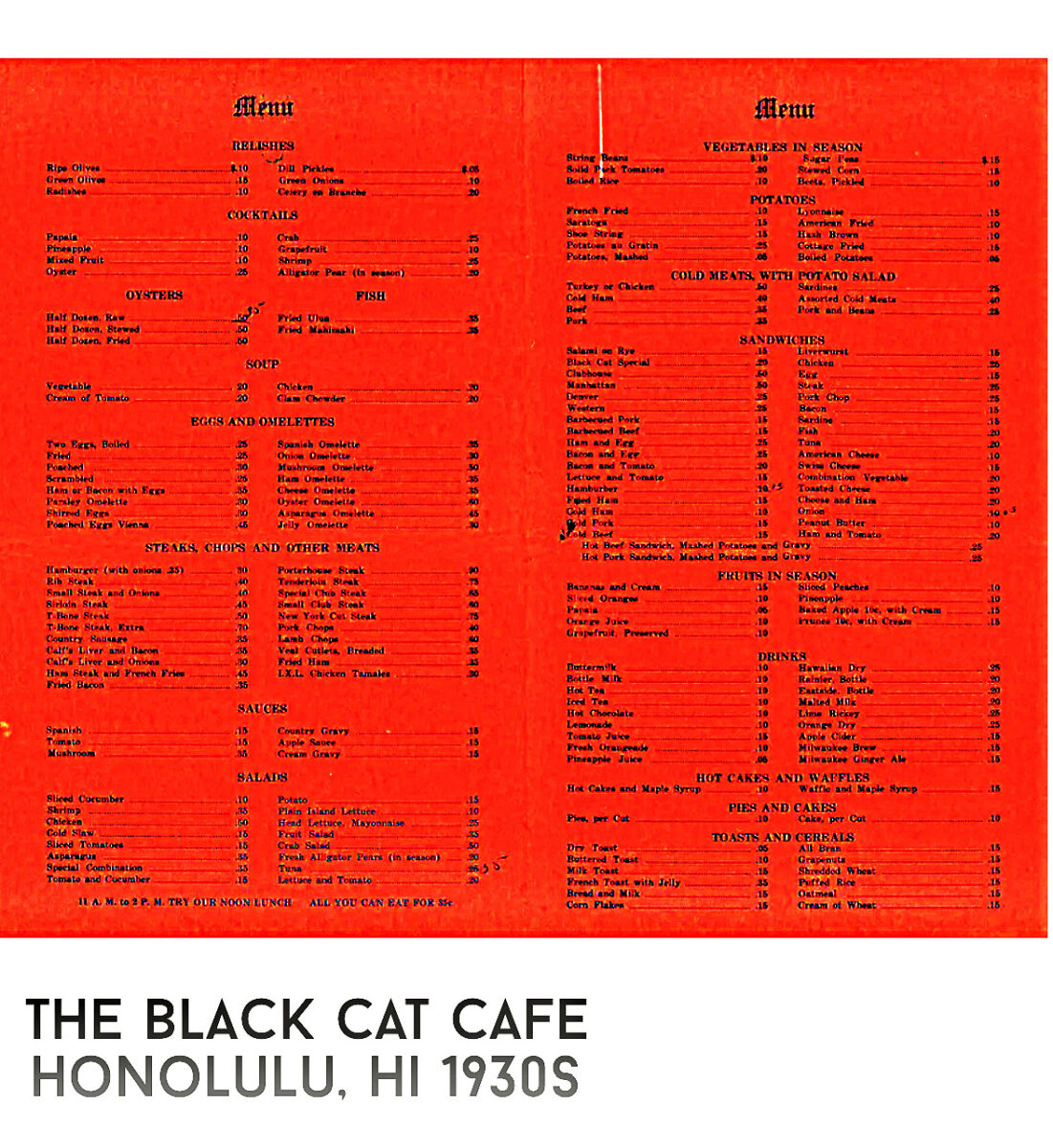
The 1940s Beat Culture and Avant-Garde Aesthetics
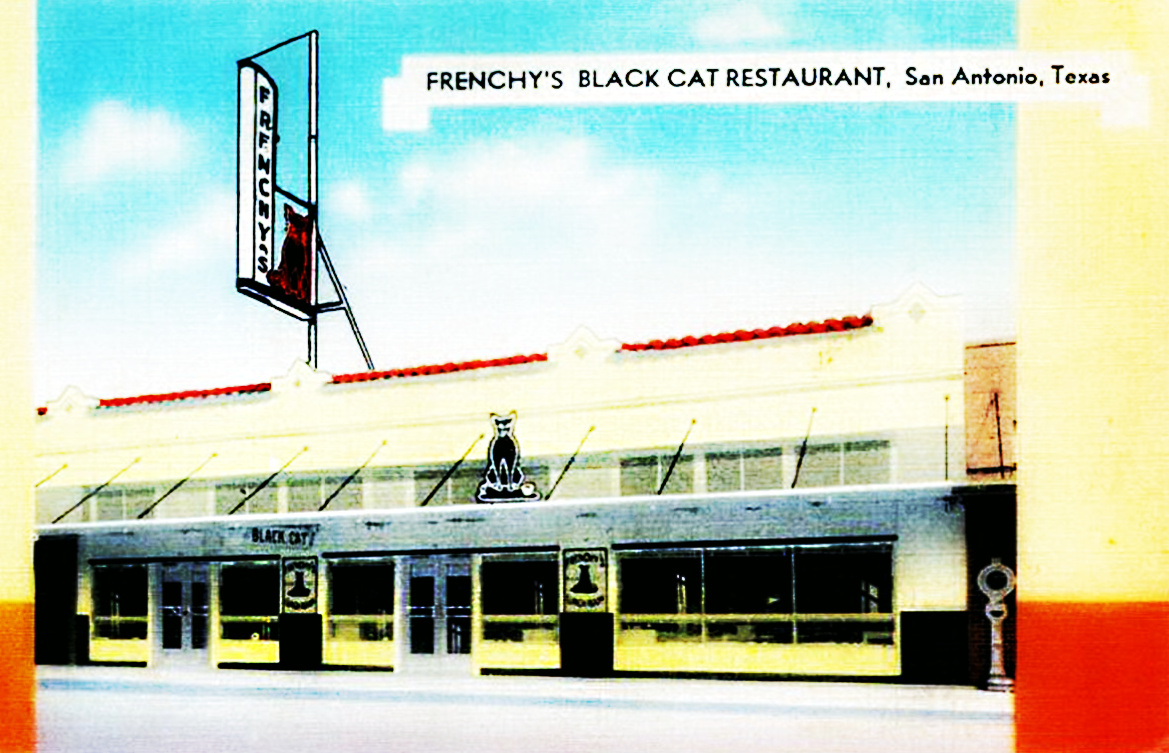
Later in the 1940s,into the 1950s the Beat Generation emerged—a countercultural movement characterized by intellectual exploration, nonconformity, and bohemian ideals.
Black cat iconography fit seamlessly into this avant-garde aesthetic. Cafes frequented by poets, artists, and free thinkers featured black cat motifs. The feline symbolized rebellion, independence, and a connection to the mysterious unknown.
Picture a dimly lit coffeehouse jazz playing softly, and beatniks huddled around tables adorned with black cat-themed menus. Luncheonettes were popular too for quick bites in the growing post-war U.S. economy.
This is my favorite menu with a clever design. The menu has more than a few eye-opening items. Scrambled calf brains and eggs for breakfast? Fried veal tongue? Turtle soup? I’m curious what was in the Frenchy’s Black Cat Special Cocktail.
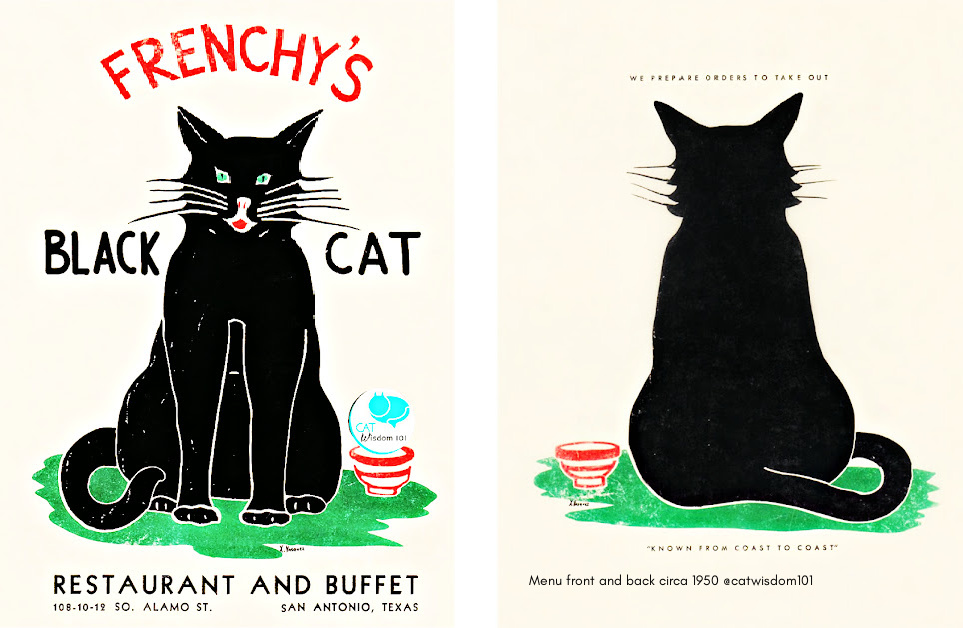

Meanwhile, if you need some grub with the booze, how about a cat burger? Not sure I want to know what’s in it. Just looking at the cat, I feel like a hangover!
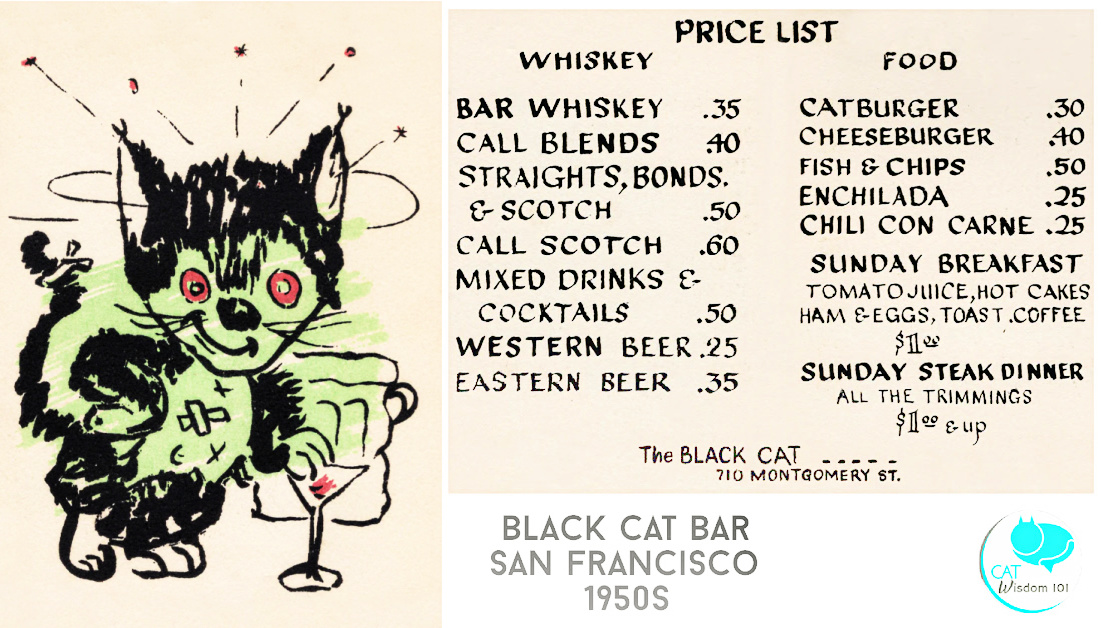
Legacy and Modern Times
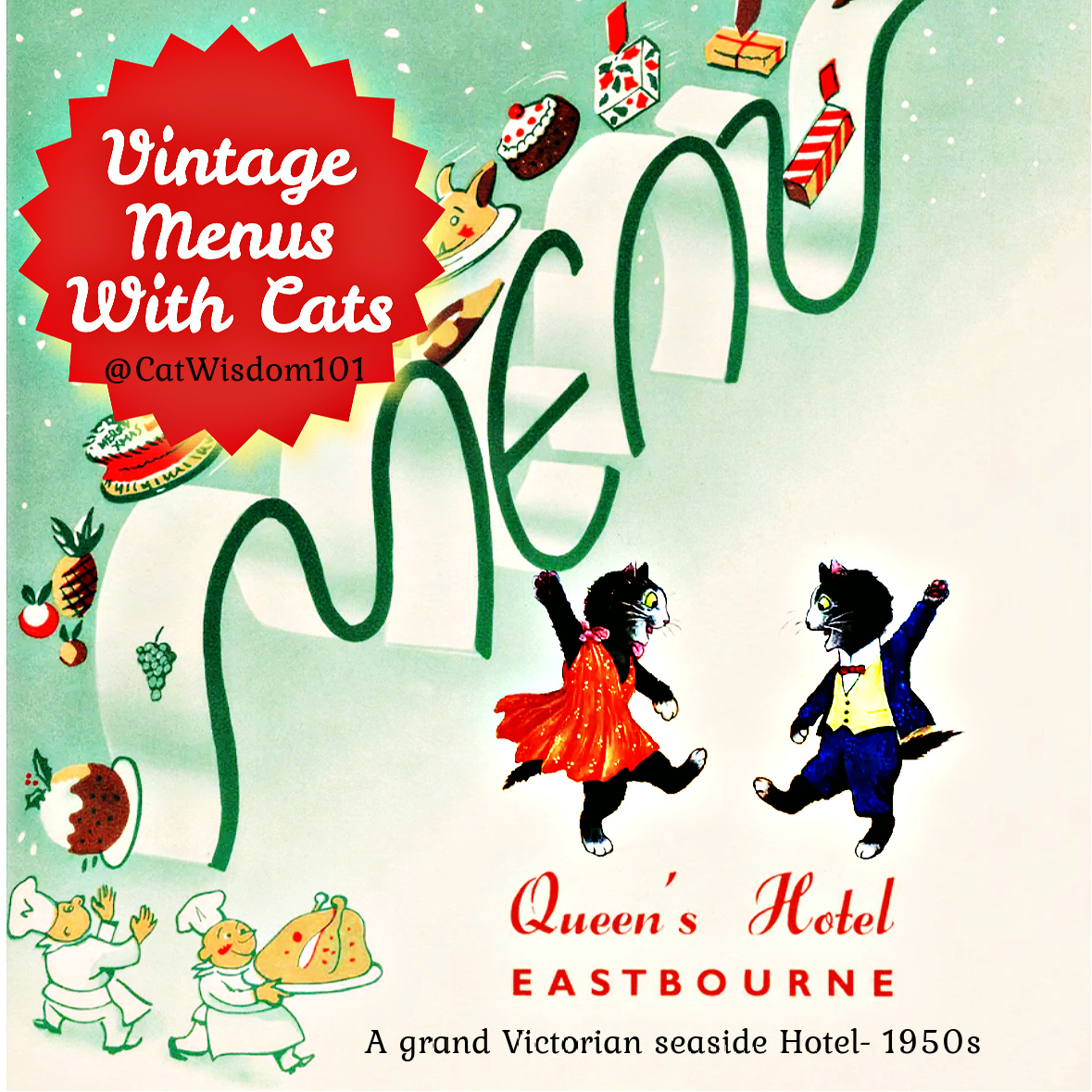

As decades passed, the black cat’s mystique endured, weaving its way through various cultural and culinary spheres.
Today, these captivating felines continue to grace cafe and restaurant decor, menus, and branding, serving as a nod to the allure of the past while simultaneously embodying contemporary trends and sensibilities.
There are dozens of restaurants, cafes and bars around the world named Black Cat or variations of Chat Noir.
Whether perched on a vintage café sign or gracing the cover of a trendy cocktail menu, the black cat remains an enduring icon of sophistication, mystery, and timeless allure.
So next time you sip your artisanal coffee or indulge in a craft cocktail, raise your glass to the enigmatic black cat – the guardian of secrets, the embodiment of intrigue, and the ever-present muse of chic cafe culture.
Remember, while superstitions may fade, the allure of the black cat remains eternal, captivating generations with its inscrutable gaze and mystical charm.
Have you been to a Black Cat Cafe?



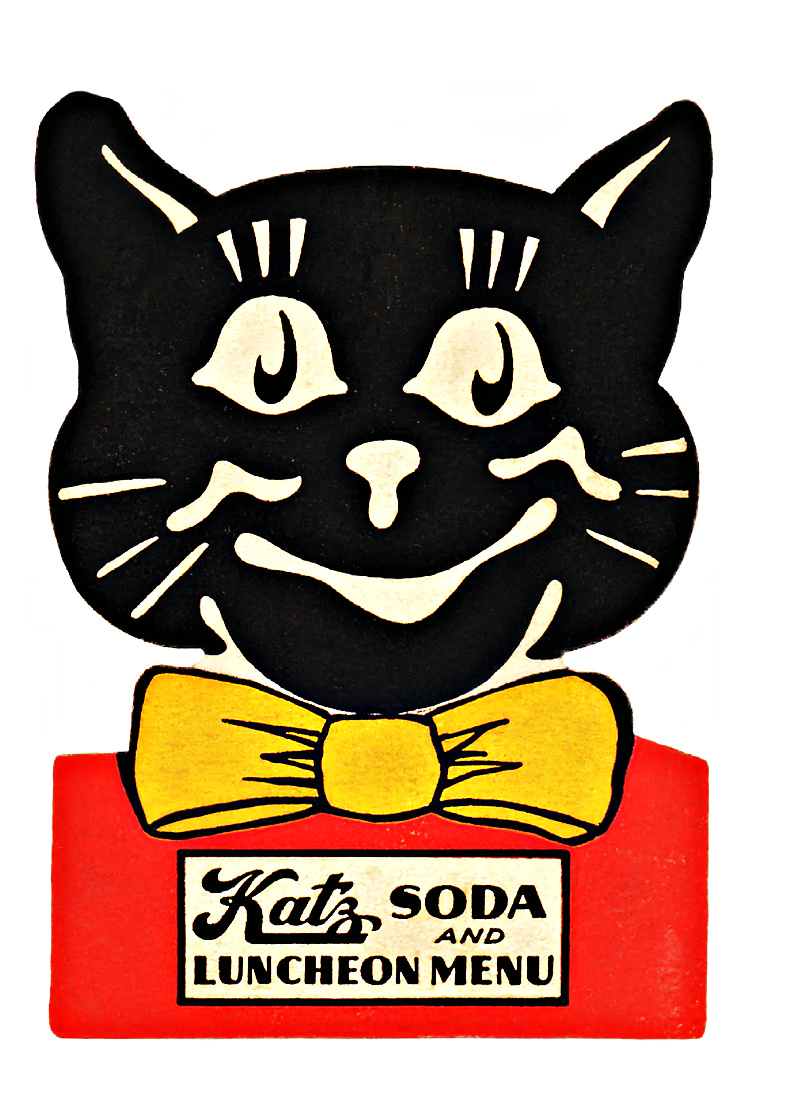
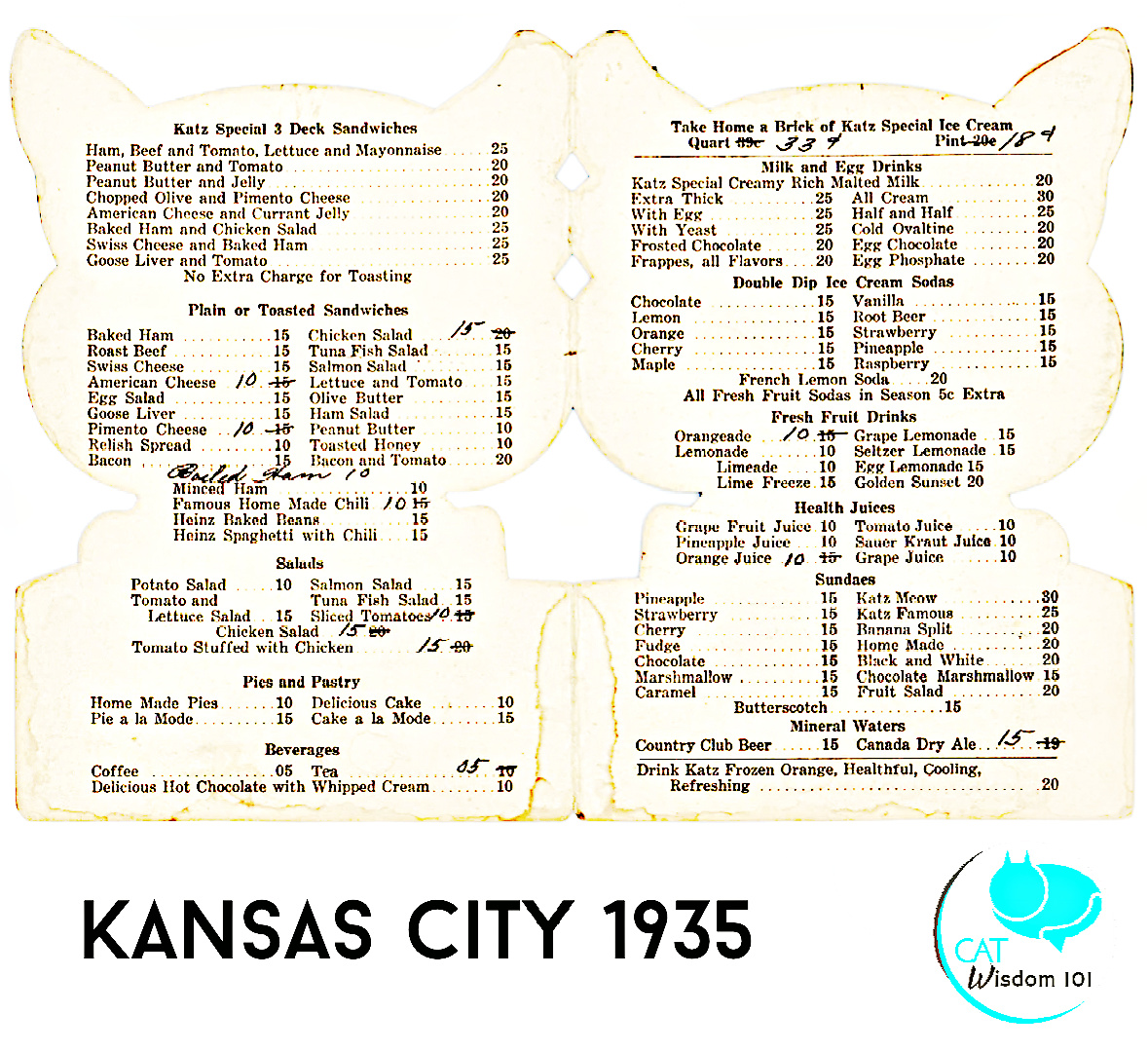
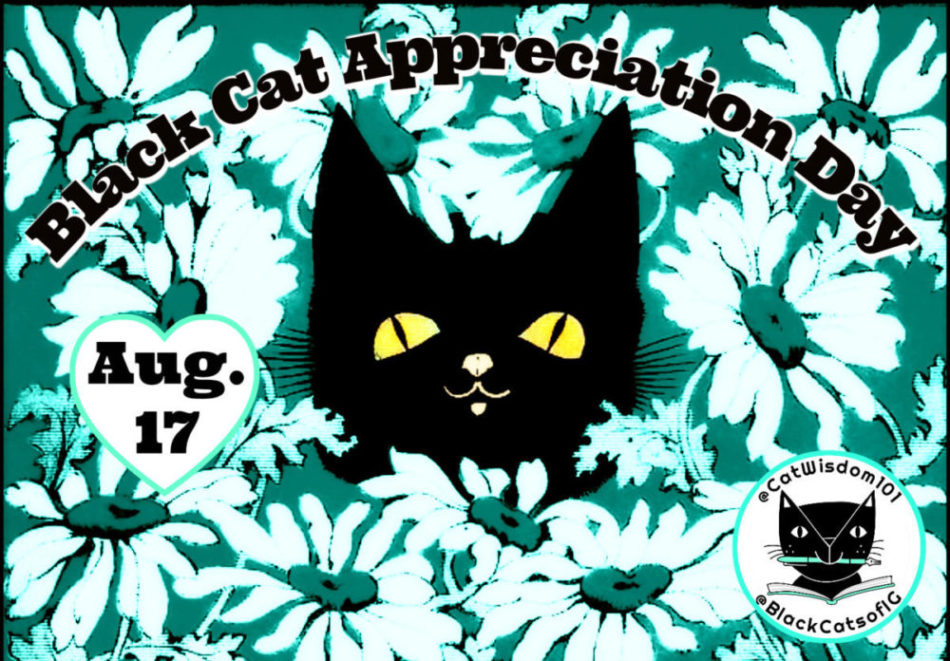

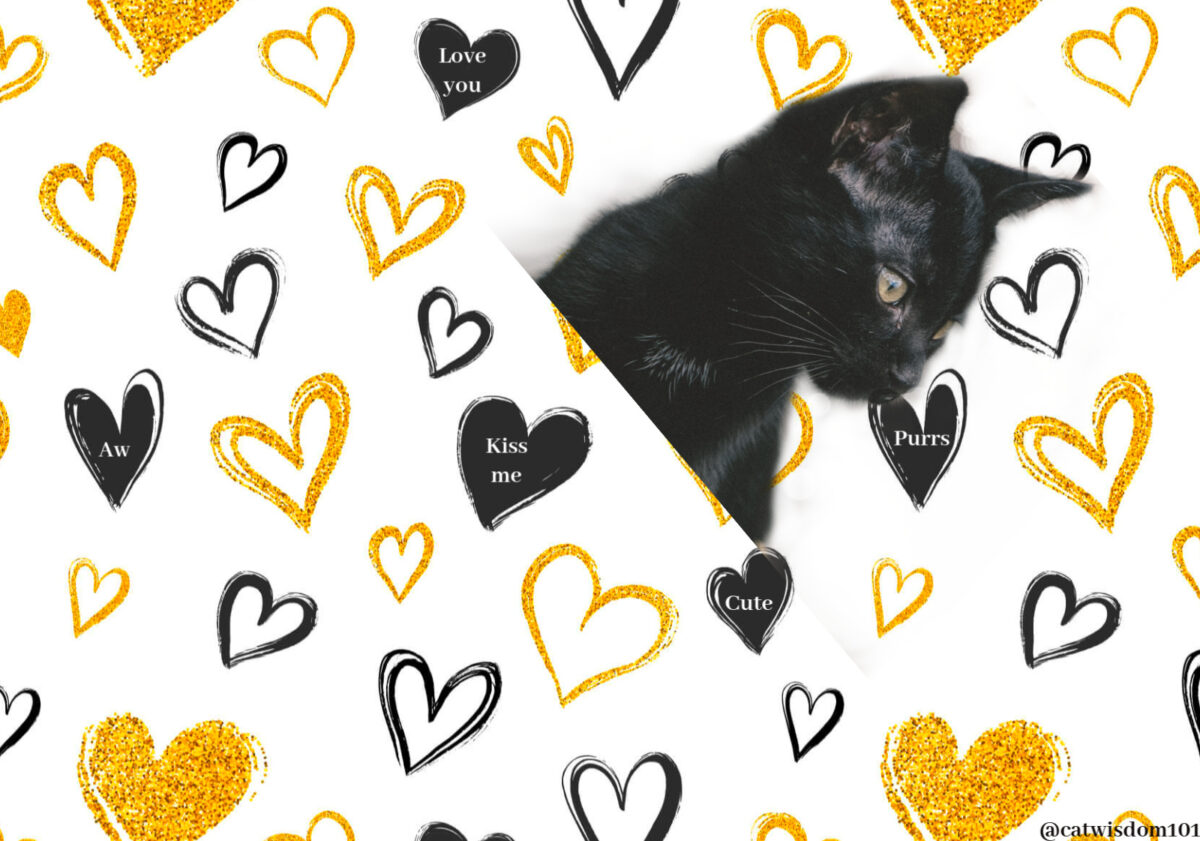
15 Comments
Leah
Such elegant designs, I really enjoyed seeing these! This would be a great tradition for modern cat cafes to continue. Combined with designs featuring cats of other colors and patterns, of course.
Layla Morgan Wilde
thanks, Leah. there are lots of current ones but that would need another post 🙂
Mary D
So interesting and fun to see the menus and all of these different places! I hope this reignites a new appreciation for black cats, who (sadly) are overlooked by many adopters when they visit shelters.
meowmeowmans
Oh, these are delightful, Layla! And we love black cats, too (as you know). 🙂
There’s a great little restaurant in Redding, CT named the Black Cat Grill. We love that place!
Layla Morgan Wilde
thanks for letting me know about the black cat grill!
messymimi
Black cats are cool, we really loved our Badland’s Blackie. This is a great look at black cats in the art of the time.
Thank you for linking up with Feline Friday!
Brian's Home ~ Forever
Those are all fun ones and those menus are so cool to see.
Layla Wilde
I’m so glad you’re feeling better xo
Crystal Coan Coan
Lovely look at black cats. Love them
Amy Harlib
Loving this post!
Nowadays we have cat cafes populated with multiple cats all available for adoption, a great idea!
Layla Wilde
Right! And a few cat cafes special in black cats.
Ellen J Pilch
Very cool menus. I wish prices were still like that. XO
Layla Wilde
Right! You can’t get anything for a nickel these days.
Erin
Truly, Black Cats never go out of style or fashion. Thank goodness through the eras, cats haven’t been on the menu!
Layla Wilde
True and a little tongue in cheek😹